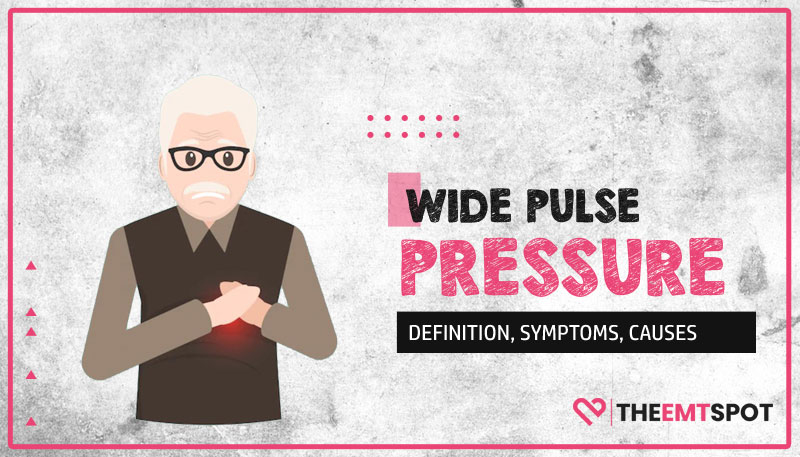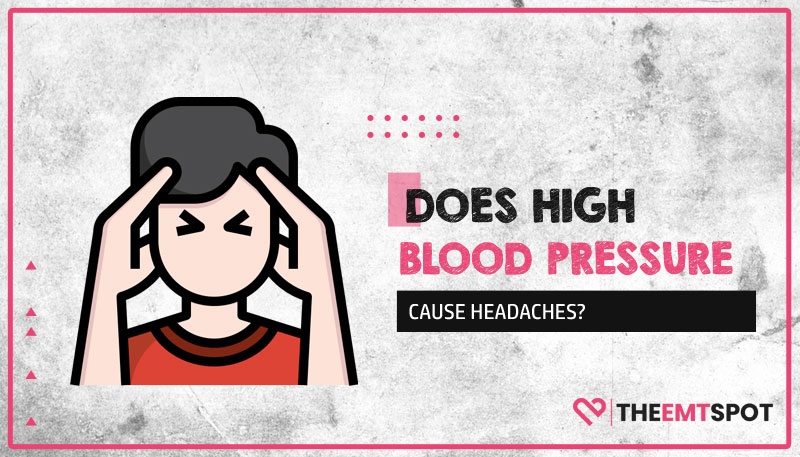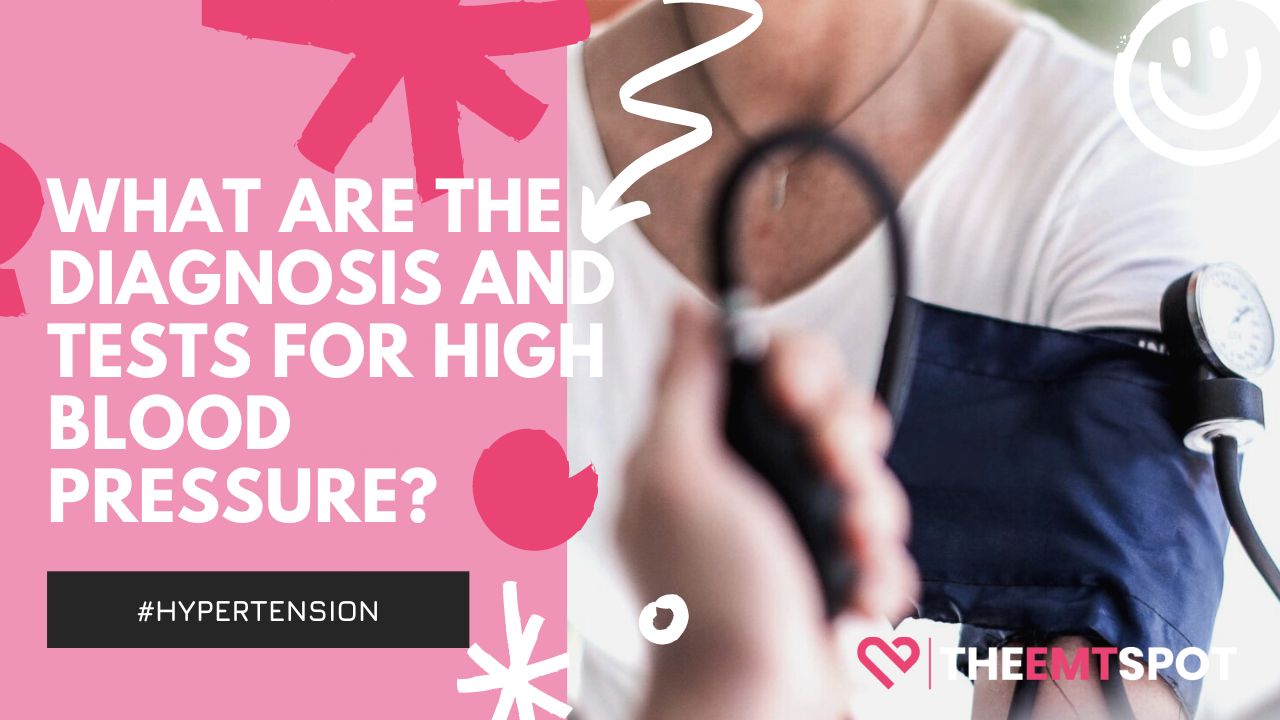Wide pulse pressure can indicate severe underlying conditions like heart failure. But what does the term mean, and what causes it? Keep reading to find out.

Quick Summary
- Subtracting systolic from diastolic blood pressure gives you your pulse pressure. Any number above 40 mm Hg indicates wide pulse pressure.
- Wide pulse pressure is a serious indicator of underlying cardiovascular diseases.
- On its own, there are no physical symptoms of wide pulse pressure. But, when paired with high blood pressure or left untreated, patients have reported several symptoms.
The difference between diastolic and systolic blood pressure is known as pulse pressure. Systolic blood pressure tells you how much arterial pressure is exerted during heartbeats, while diastolic pressure is measured between heartbeats.
For example, if your blood pressure measures 125/85 mm Hg, your pulse pressure would be 40 mm Hg.
Doctors use this reading to understand heart health. Abnormally high or low pulse pressure could indicate heart or aging-related problems.
As stated in a clinical review in the Journal of Clinical hypertension:
“Wide pulse pressure is a sign of deteriorating cardiovascular health and carries an increased risk for mortality, disease progression, and adverse clinical outcomes in chronic diseases.”
The normal range for pulse pressure is 40 to 60 mm Hg; anything above this indicates wide pulse pressure.
Read on to find out what wide pulse pressure could say about your health and how to identify its symptoms.
Contents
What Is Meant By Wide Pulse Pressure?
Wide pulse pressure means a significant gap exists between the two blood pressure readings.
Wide pulse pressure is a common symptom of arterial stiffness. Even slight elevations in pulse pressure above 40 mm Hg can put your heart and vascular system at risk.
People who don’t exercise and have wide pulse pressure are at a greater risk for severe health conditions, arrhythmias, and stroke in the long run. Even though wide pulse pressures are seen in active people, this is not considered a problem because their hearts and arteries are healthier.
Research has also found a link between high pulse pressure and kidney or eye damage caused by disorders like diabetes.
Moreover, wide pulse pressure can be highly hazardous when paired with hypertension. For instance, having a blood pressure reading of 180/120 mm Hg poses a greater risk than 140/80 mm Hg, although they have the same pulse pressure of 60 mm Hg.
For this reason, maintaining a healthy lifestyle complimented with supplements to regulate blood pressure can reduce the dangers.
Symptoms Of Wide Pulse Pressure
When present on its own, wide pulse pressure doesn’t cause symptoms. However, if left untreated, you may notice the following:
- Swelling in ankles or feet
- Breathing difficulty
- Fainting and dizziness
- Headaches
- Weakness
- Palpitations
Depending on the underlying cause of your wide pulse pressure, the symptoms you experience may vary.
Causes Of Wide Pulse Pressure
A structural or functional change in your heart usually causes wide pulse pressure. Possible reasons include:
1. Aortic stiffening
As oxygenated blood is pumped throughout your body, the aorta might get damaged due to fatty deposits or high blood pressure. This results in high pulse pressure.
2. Valve regurgitation
If blood flows in the wrong direction through your valves, the volume of blood pumping goes down significantly. Consequently, this forces your heart to work harder, so organs and cells receive sufficient blood for function.
3.Hyperthyroidism
When our thyroid gland produces excessive thyroxine hormones, natural processes like heartbeat rhythm and metabolism are disrupted.
4. Anemia
Iron deficiency-caused anemia drastically reduces hemoglobin cell counts in the blood.
In addition, having a wide pulse pressure raises the risk of developing atrial fibrillation by 23%. This is a condition when the upper chambers of your heart flutter instead of beating forcefully.
Wide pulse pressure is also connected with heart attacks and coronary artery disease.
In Short
If you are experiencing wide pulse pressure, it’s likely because your heart is performing less efficiently than average.
With frequent monitoring, lifestyle adjustments, and medication, wide pulse pressure can be easily controlled.
However, if your pulse pressure is significantly higher than expected or frequently wide, you should consult a doctor to determine what’s causing it.





 Robin Backlund is a dedicated journalist and a medical student who has written several articles and essays exposing the falseness and hollowness of online resources in the medical science niche.
Robin Backlund is a dedicated journalist and a medical student who has written several articles and essays exposing the falseness and hollowness of online resources in the medical science niche.